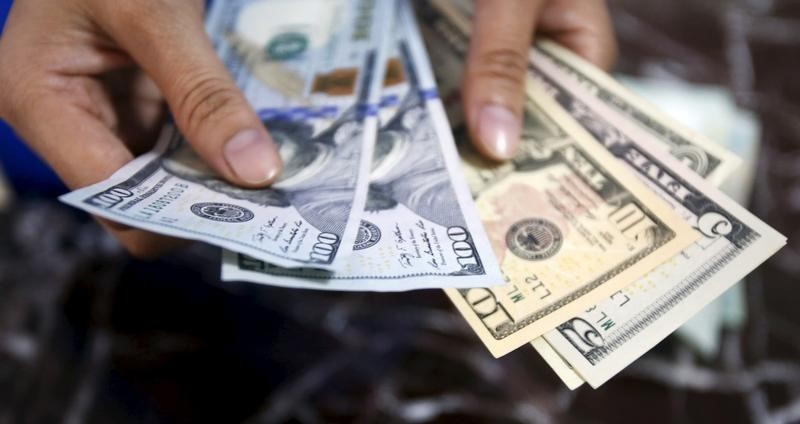Investing.com – The dollar hit 4-month highs against a basket of major rivals on Tuesday after better than expected housing data was released stateside and while the International Monetary Fund (IMF) weighed in on the economic damage to the U.K. and euro zone in the wake of U.K.’s decision to leave the European Union (EU), known as a Brexit.
Specifically, the U.S. dollar index, which measures the greenback’s strength against a trade-weighted basket of six major currencies, hit an intraday high of 97.17, a level not seen since March. It was last up 0.56% at 97.10.
In a report, the U.S. Commerce Department said that housing starts jumped 4.8% to hit a seasonally adjusted 1.189 million units, beating consensus expectations for an increase to only 1.17 million.
At the same time, building permits, considered a leading indicator for the housing market, increased 1.5% to a seasonally adjusted 1.153 million units, settling above forecasts for an increase to 1.15 million.
USD/JPY was creeping back towards the June 24 high, day in which the U.K.’s decision to leave the European Union (EU), known as a Brexit, was revealed.
In that light, the International Monetary Fund (IMF) released its updated global forecasts on Tuesday, reducing the projection for growth in the worldwide economy in 2016 to 3.1%, from the prior 3.2%, though expecting a rebound to 3.4% in 2017.
The U.K. was hardest hit with the IMF cutting its forecast to 1.7% from the prior 1.9% for this year and slashing 2017 growth to 1.3% from April’s estimate of 2.2% due to the Brexit.
The euro zone did not escape unscathed as 2017 growth expectations were cut to 1.4% from the prior 1.6%.
In contrast, the IMF did cut the U.S. forecast to 2.2%, from the prior 2.4%, but said that the Brexit impact on the American economy would be muted and explained that the reduction was due to the weaker than expected read from first quarter gross domestic product.
With this is the background, GBP/USD lost the 1.32 level on Tuesday and was last down 0.99% to 1.3125, while EUR/USD crept back towards the psychological 1.10 level.
The U.S. dollar was also stronger against the commodity currencies.
The Australian and New Zealand dollars sank on Tuesday, as investors ramped up bets that both central banks could ease monetary policy as early as next month.
The Aussie fell to more than a one-week low, while the kiwi hit a three-week low.
The loonie was also showing weakness as oil prices continued to slip, with USD/CAD last rising 0.64% to 1.3025.
